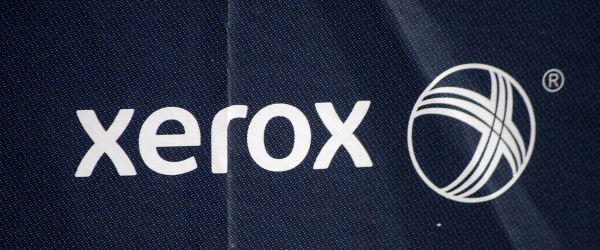
Xerox hopes to save as much as $70m by using Oracle’s HCM Cloud service to gain more insight into its high employee turnover rate, according to its CIO.
The firm, famous as the inventor of copying machines, is now pivoting to become known as a business services outsourcing (BPO) company.
CIO Stephen Little has been charged with simplifying IT to cut business costs – and doing so on a tight budget.
He believes that adopting standard processes is the key and has bought Oracle HCM Cloud (Human Capital Management) to get more visibility into Xerox’s high staff turnover. He believes the firm can reduce its expenditure on training new call centre staff if it can retain current workers.
Little said: "We have a high turnover [but] we don’t have visibility into it. I think the opportunities are enormous for us so I brought the idea that this is a good thing to do. HCM is a no-brainer. If we can understand the reasons why [workers leave], and if we can capture that then we can put programmes in place because hiring people, we have to train them."
This adds to Xerox’s $7bn annual salary and benefits bill, and Little believes it is a significant saving opportunity.
"What if I could take 1% out by having a consistent compensation system around the world? Do the math. Ten percent? That’s a lot of money. But the only way to do that is to put it in common compensation systems. It’s the process that’s important. I just wish we could do this faster."
The latest iteration of Oracle HCM Cloud includes embedded analytics to give greater insight into staff, according to Oracle.
It also provides managers with a simple, consistent interface that gathers HR data, looking the same over browser and mobile apps.
Little sees HR as a greenfield area, despite having numerous HR systems built up over the years, including Oracle’s own Taleo cloud product – the CIO calls them "unflavoured", meaning they are not heavily customised.
But it is not as easy in technology outside the area supporting Xerox’s 144,000-strong workforce. For instance, Little has started a "pretty aggressive" process to streamline the firm’s 1,300 business applications.
"You can imagine, it’s very expensive," he said. "It’s part of our convergence strategy to common platforms: take cost out and eliminate applications."
Keep the Cloud in its Place
Little sees convergence and common platforms as key to improving Xerox’s business through a successful mix of technology, but despite Oracle CTO Larry Ellison’s recent statements to the contrary, he does not see cloud as crucial to achieving standard processes.
"People say we have to go to the cloud, my eyes glaze over," he confessed. "I look at it more as a deployment option for us. Our challenge is, and I’ve talked to Mark [Hurd, Oracle co-CEO]about this, and some of our R&D folks, it is an architectural issue for us.
"If you take the complexities of our ERP implementation, which is highly integrated with a lot of legacy systems, adding cloud applications in the middle of that, it isn’t obvious to me that it will drive a lot of value for us. We’re looking at it. I understand the value of the cloud, but it’s just where we are today what’s the best implementation option for us?"
He says Oracle was slow off the start mark getting into cloud. "My perspective is Oracle is a little late to the game, so it will be interesting to see how [that develops]," he said. "It’s about who has the cheapest. They’re all pretty good."
But he remains committed to common processes, saying the only way to simplify IT is to adopt standards. Little verges on the belief that cloud is often seen as a must-have, rather than another choice that may or may not suit your IT philosophy.
"I sort of feel like I’ve gone off like Dorothy in the Wizard of Oz," he said. "You know, she’s in the tornado, and it’s me, spinning around, and all these new technologies show up and you’ve got to reach out and grab one. But there’s choices and cloud is one of those things. It’s a choice whether to do it or not do it."
Xerox is no different to other businesses where the CIO is having to defend his or her territory in the face of CMOs and other execs hoping to have their say over IT spending, he added, highlighting how difficult it is to steer the boat in one direction when everyone is sticking their oar in.
"People in the business will say ‘well I want to participate in technology decisions’. Fine, you can participate but I’ll have the say," he stressed.
"People have a tendency to believe they can do my job better than I can and that’s how a lot of shadow IT projects turn up. I can’t tell you the number I’ve had to go fix. Because people don’t know – managing IT projects is hard."
But, he added, it is important to share the same goal of adding value to the business.






